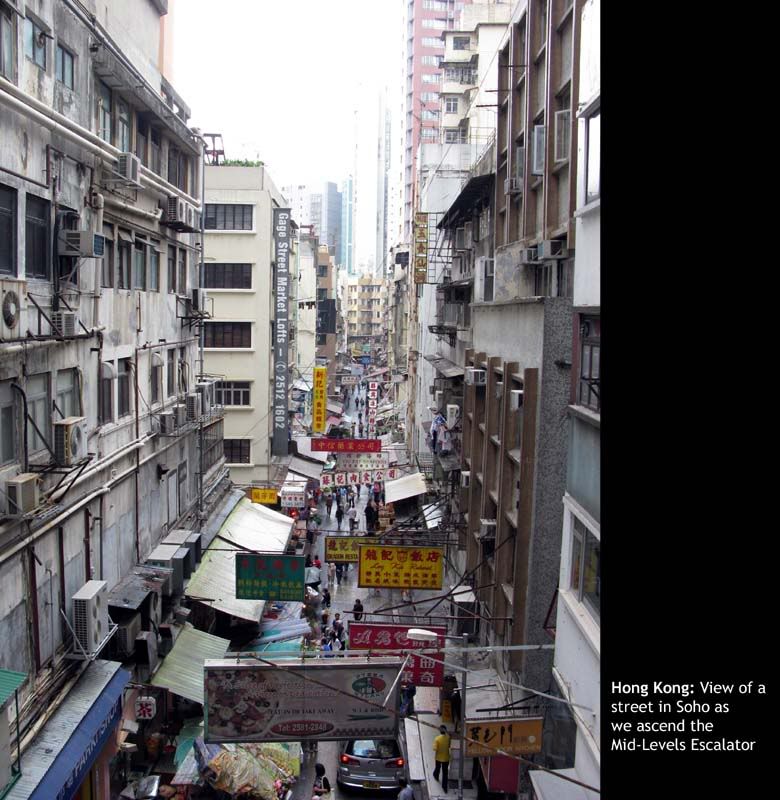Rebecca - HT
New Member
We talked to Kyle Rae's office, here is an update:
http://www.heritagetoronto.org/news/issue/2010/04/20/1-gould-street-update
According to Councillor Kyle Rae's office, 1 Gould Street will be fully restored to its original façade. The building will not be demolished, but will be rebuilt using the original brick that fell during its collapse. The heritage listed 1888 building, formerly known as the William Reynolds Block, lost part of its Gould Street-facing façade on the Friday, April 16th afternoon.
The cause of the collapse is still being fully investigated, but a heritage consultant has been retained by the City to access the damage and ensure that the façade is restored to its original condition. Commercial façade grants were offered to the building's owners in 1997 and 2005, but were refused. Discussions continue with the owners regarding the future maintenance of the heritage building.
Heritage Toronto would hope in future that more resources are provided to ensure that property standards for heritage properties are enforced; more staffing allocated to the monitoring and inspection of buildings; and a larger grant program for heritage building owners to maintain their sites. Ultimately, the responsibility rests with owners of these buildings to properly preserve and ensure its safe condition.
Most importantly, the City's Inventory of Heritage Properties must be complete to ensure that we have identified our heritage resources and can proactively protect and care for them.
http://www.heritagetoronto.org/news/issue/2010/04/20/1-gould-street-update
According to Councillor Kyle Rae's office, 1 Gould Street will be fully restored to its original façade. The building will not be demolished, but will be rebuilt using the original brick that fell during its collapse. The heritage listed 1888 building, formerly known as the William Reynolds Block, lost part of its Gould Street-facing façade on the Friday, April 16th afternoon.
The cause of the collapse is still being fully investigated, but a heritage consultant has been retained by the City to access the damage and ensure that the façade is restored to its original condition. Commercial façade grants were offered to the building's owners in 1997 and 2005, but were refused. Discussions continue with the owners regarding the future maintenance of the heritage building.
Heritage Toronto would hope in future that more resources are provided to ensure that property standards for heritage properties are enforced; more staffing allocated to the monitoring and inspection of buildings; and a larger grant program for heritage building owners to maintain their sites. Ultimately, the responsibility rests with owners of these buildings to properly preserve and ensure its safe condition.
Most importantly, the City's Inventory of Heritage Properties must be complete to ensure that we have identified our heritage resources and can proactively protect and care for them.




